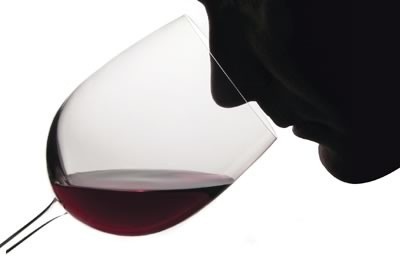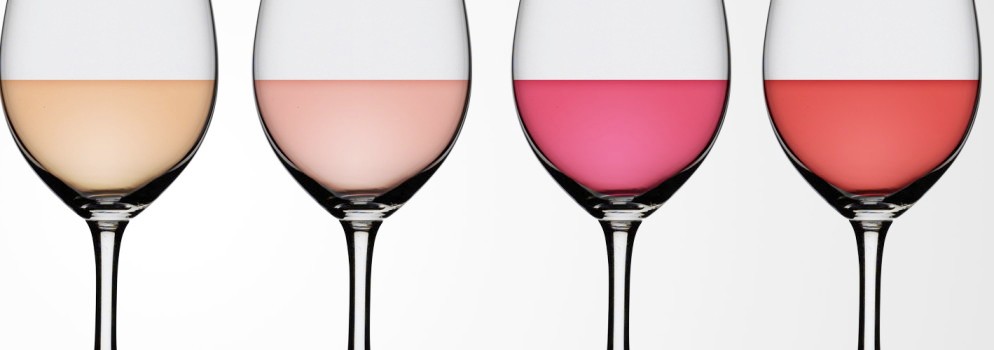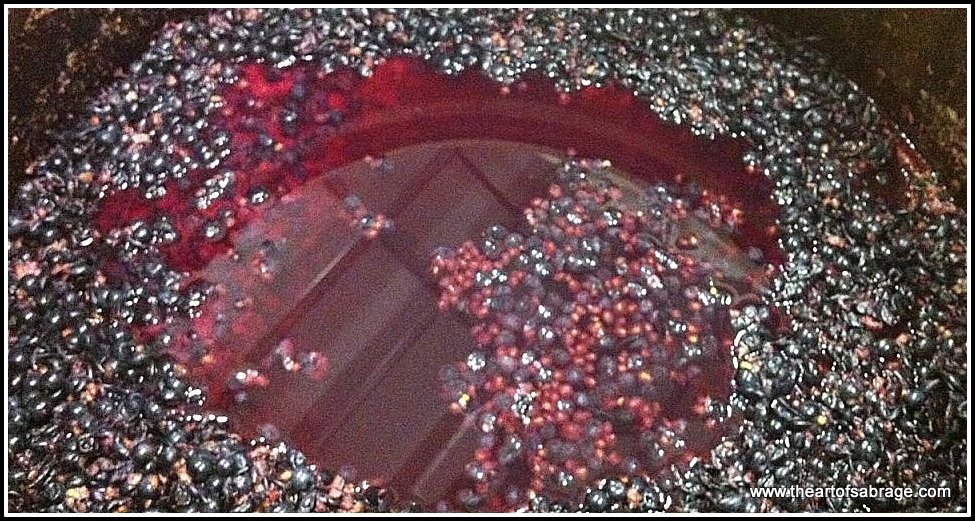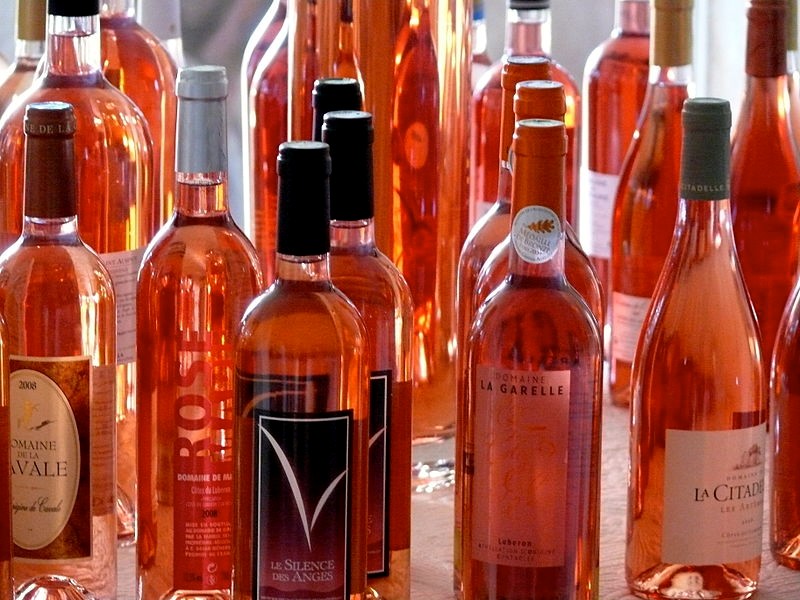| |
07/26/2017
Tomorrow is …..
Open Bottle Thursday!
July 27th, 2017
4:00PM - 8:00PM
Featuring:
 Barrymore Barrymore
by Carmel Road Winery
Rose" of Pinot Noir
100% Pinot Noir
2016
Monterey, Califorinia
So we don’t do a lot (like none) of what I call cutesy, trendy or for that matter celebrity products as they tend to fall short of our expectations. That is till now, this elegant
Rose" from Drew Barrymaore is a great value that we couldn"t pass up. As you know Pinot Noir Rose’s from Willamette Valley or Sancerre France are at a minimum $20 with most costing $30, this is a steal at $13. Come in and taste for yourself!
90 Points!
The Wine Enthusiast
"This may be the best bottling yet by actress Drew Barrymore and her team. The pale-pink wine offers light pink lemonade, plum, cherry and bubblegum aromas. The palate combines lime juice, pluot flesh and mandarin zest, set against a chalky backbone and laced with bright acidity."
FYI - A pluot is a hybrid of plum and apricot, dominated by plummy
characteristics and lighter on the apricot.
Elsewhere at $23.00
Our Regular price $19.99
Special Sale Price Tonight Only 
$15.00
by the bottle
and if you buy 6 or more bottles the price drops to
$13.00
per Bottle!
That"s Only $78 for a Six Pack!
Don’t want to miss the sale?
Can’t make it Thursday?
Call us, as quantities are limited, so with that said, first come first served!
703-668-WINE
Our Thoughts on this wine.....
 The wine is a pale pink color. The inviting nose has cherries, strawberries, white peach, orange blossoms, lime zest, some dry underbrush and a touch of sea breeze. This has medium body with crisp acidity. On the palate tart red fruit, orange blossoms and white peach come through on the front end with orange blossoms and some subtle dry earth coming in later. The finish has nice length with lime zest and a saline note providing good depth. This is a fruity Rose" that would be welcome on a warm sunny day. The wine is a pale pink color. The inviting nose has cherries, strawberries, white peach, orange blossoms, lime zest, some dry underbrush and a touch of sea breeze. This has medium body with crisp acidity. On the palate tart red fruit, orange blossoms and white peach come through on the front end with orange blossoms and some subtle dry earth coming in later. The finish has nice length with lime zest and a saline note providing good depth. This is a fruity Rose" that would be welcome on a warm sunny day.
How are Rose"s made ?
The big difference between a rosé and a red wine is the amount of time that the skin is allowed to be in contact with the juice. Rather than leaving the skin in during the fermentation process, all of the skin is removed which prevents the wine from reaching it’s red color. See the four primary methods listed below.

Limited Skin Maceration
By far the most popular method of making quality rosé, this process is essentially exactly what the name describes. Since color is held in a grape’s skins, the grapes are crushed and the juice is left in contact with the skins, just like a red wine would be made. However, the skins are left to soak only for a limited amount of time; depending on the desired style of rosé, this can last anywhere from six to 48 hours (as opposed to weeks or months for a red). The longer the maceration, the darker and more richly flavored the rosé. The juice is then racked, or drawn off of the skins, and the rose-tinted wine begins fermentation. This method can make many styles of rosé depending on grape variety and length of maceration.
Direct Pressing
Very similar to limited skin maceration, direct pressing involves allowing the grape juice to have contact with the skins for an extremely short period of time. Instead of allowing the juice much time to soak and gain color, the grapes are pressed right away to remove the skins, as a white wine would be vinified. Because of the pigment in the skins, there will still be a hint of color in the juice — it’s impossible for the juice to have no contact with the skins, after all — so this process tends to produce the lightest-colored rosés of all. Expect more citrus and hints of strawberry in these rosés, though the flavors can vary by grape variety.
Saignee Method
The saignée, or “bleeding,” method produces not just a rosé but a red
wine as well. In fact, the process started not as a way to make rosé wines, but to concentrate reds. In this process, a winemaker will vinify a red wine according to standard methods but will, early in the maceration process, remove or “bleed” some of the juice from the tank. This is then vinified separately as a rosé, and the rest of the juice is left to continue vinifying into a more concentrated red, since the juice-to-skins ratio is now higher. This method can be variable, particularly if the rosé is seen by the vintner as merely a byproduct of red wine production, but some can be quite good. Saignée method rosés are likely to be richer in style.
Blending
While this might seem like the most obvious method of making rosé – white + red = rosé, right? — the practice of blending white and red wines post-fermentation is actually prohibited for PDO wines in Europe — save for one. Because Champagne likes to do everything a little bit backward, blending is not only allowed but favored for the making of rosé Champagne. Some New World regions — which have less-strict vinification rules — use blending to make rosé as well. These wines can vary in style from light to heavy depending on the amount and type of red wine used in the blend. white + red = rosé, right? — the practice of blending white and red wines post-fermentation is actually prohibited for PDO wines in Europe — save for one. Because Champagne likes to do everything a little bit backward, blending is not only allowed but favored for the making of rosé Champagne. Some New World regions — which have less-strict vinification rules — use blending to make rosé as well. These wines can vary in style from light to heavy depending on the amount and type of red wine used in the blend.
See You Tomorrow!
|